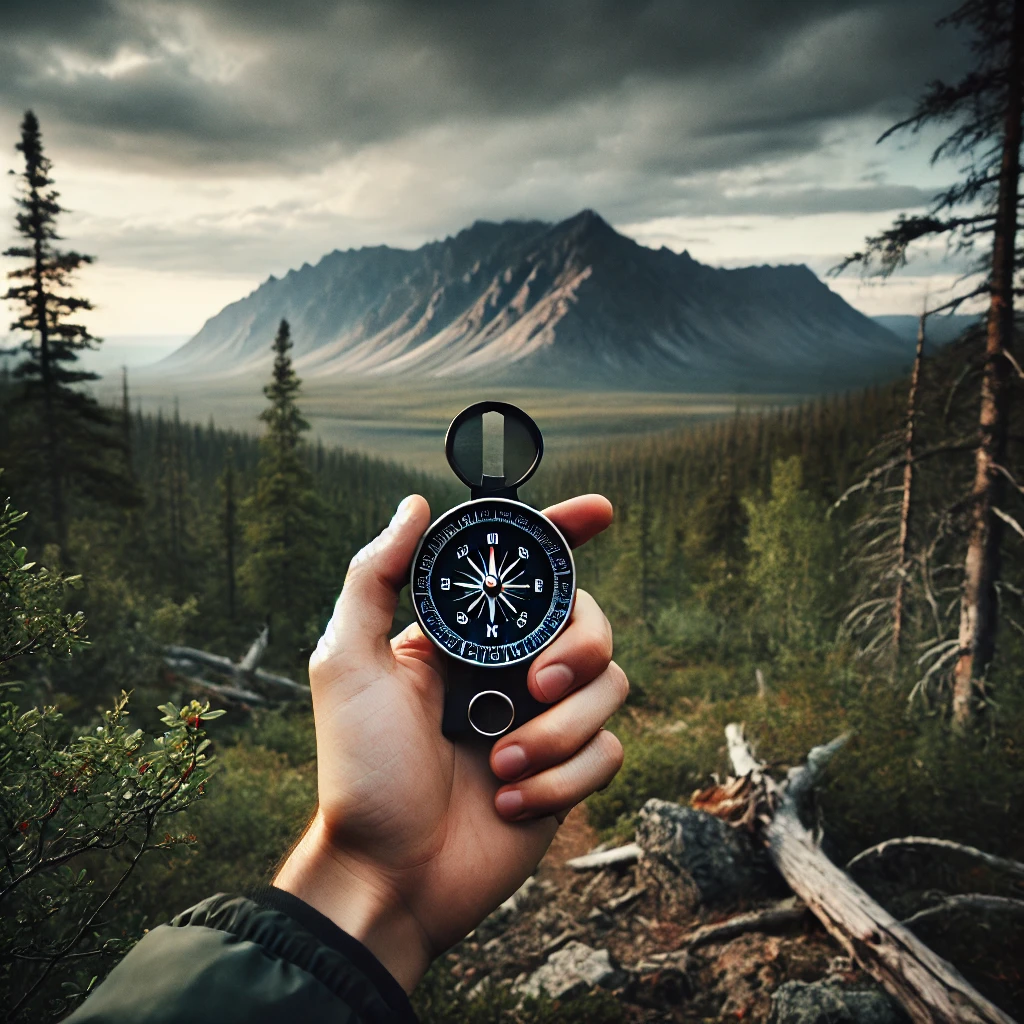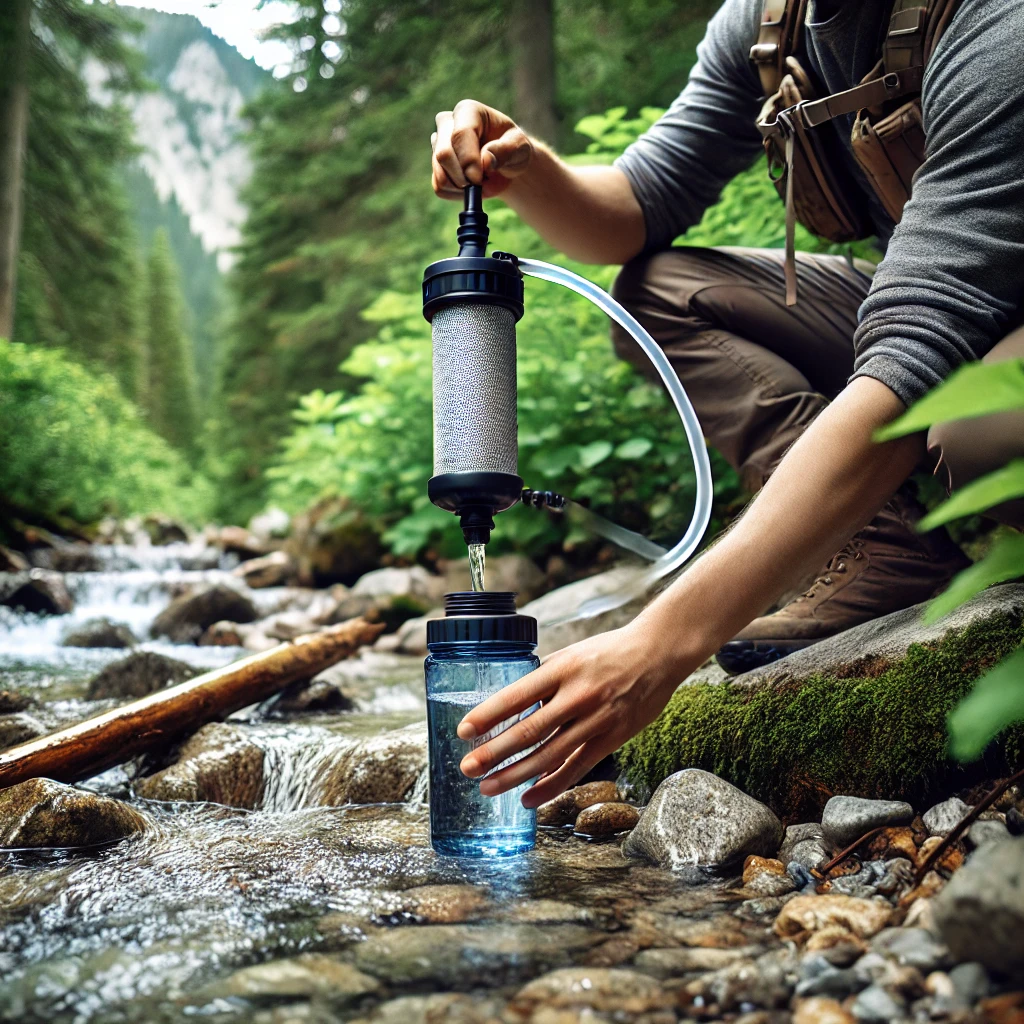Understanding Natural Disasters: How to Prepare for Earthquakes, Hurricanes, and More
Introduction:
Natural disasters are extreme, often catastrophic events caused by environmental or geologic forces that can occur without warning. Their destructive potential varies, from localized damage to widespread devastation. Understanding how natural disasters happen and preparing for them can make the difference between life and death.
This article covers three significant natural disasters: earthquakes, hurricanes, and floods. It also outlines steps you can take to prepare and protect yourself, your family, and your property when disaster strikes.
1. Earthquakes
What is an Earthquake?
An earthquake occurs when energy is released from the Earth’s crust due to tectonic plates shifting or volcanic activity. This release causes seismic waves that shake the ground, potentially leading to widespread destruction, especially in densely populated urban areas.
Causes of Earthquakes
- Tectonic Plate Movements: Earth’s crust is divided into large plates that float on the semi-fluid mantle. When these plates collide, pull apart, or slide past each other, they create tension. When the tension is released, it causes an earthquake.
- Volcanic Activity: Earthquakes can also occur around volcanic regions due to the movement of magma beneath the Earth’s surface.
- Human Activities: Activities like mining, dam construction, and hydraulic fracturing (fracking) can sometimes trigger earthquakes.
Preparation for Earthquakes
- Develop an Emergency Plan: Ensure everyone in your family knows what to do during an earthquake. Identify safe spots in each room (like under sturdy furniture) and establish an out-of-area contact.
- Build an Emergency Kit: Store essentials like food, water, medications, flashlights, batteries, and a first-aid kit for at least 72 hours.
- Secure Heavy Furniture and Appliances: Attach bookshelves, cabinets, and large appliances to walls to prevent them from tipping over during the shaking.
- Practice “Drop, Cover, and Hold On”: In the event of an earthquake, drop to your hands and knees, take cover under sturdy furniture, and hold on until the shaking stops.
During and After an Earthquake
- During the quake, stay indoors and take cover under something sturdy if possible. If you’re outside, move away from buildings, streetlights, and other hazards.
- After the shaking stops, check for injuries, listen for emergency updates, and avoid using elevators. Be prepared for aftershocks.
2. Hurricanes
What is a Hurricane?
A hurricane is a powerful tropical storm with sustained winds of at least 74 mph (119 km/h). These storms develop over warm ocean waters and can cause extensive damage through wind, rain, and storm surges when they make landfall.
Causes of Hurricanes
- Warm Ocean Water: Hurricanes form when warm ocean water (at least 80°F or 26.5°C) causes moist air to rise. As the air cools, it condenses and forms clouds, fueling the storm.
- Low-Pressure Systems: As the storm grows, the pressure at the center drops, pulling more warm air into the system, strengthening the hurricane.
- Coriolis Effect: Earth’s rotation causes the storm to spin, giving it the circular motion that defines hurricanes.
Preparation for Hurricanes
- Know Your Evacuation Routes: If you live in a hurricane-prone area, map out evacuation routes and make sure everyone in your household is familiar with them.
- Install Storm Shutters: Protect windows and doors by installing hurricane shutters or boarding them up with plywood.
- Prepare for Power Outages: Hurricanes can cause widespread outages. Have backup power sources, like generators, and stock up on batteries.
- Stay Informed: Pay attention to weather updates and warnings. Be ready to evacuate if local authorities advise you to do so.
During and After a Hurricane
- During the hurricane, stay indoors and away from windows. Keep all doors closed and stay in a small interior room or hallway on the lowest floor.
- After the storm passes, be cautious of flooding and damaged infrastructure. Do not walk or drive through floodwaters, as they can hide dangerous debris and downed power lines.

You May Also Like: The Ultimate Bug-Out Bag Checklist: What to Pack for Any Emergency
3. Floods
What is a Flood?
Flooding occurs when water overflows onto normally dry land. It can result from heavy rainfall, storm surges, dam breaks, or snowmelt. Floods can develop slowly over time or happen suddenly, as in flash floods.
Causes of Flooding
- Heavy Rainfall: Prolonged or intense rainfall overwhelms rivers, streams, and urban drainage systems.
- Storm Surges: Coastal flooding can occur when powerful storms push seawater onto land.
- Snowmelt: Rapid melting of large snowpacks can lead to river overflow and flooding.
- Dam Failure: A dam breach can result in massive, sudden flooding.
Preparation for Floods
- Know Your Flood Risk: Understand your area’s flood zones and risks, especially if you live near rivers or in coastal areas.
- Create a Family Emergency Plan: Develop a communication plan in case family members are separated. Know where to go if you need to evacuate.
- Have Sandbags Ready: If you’re in an area prone to flooding, have sandbags or other flood barriers on hand to protect your home.
- Elevate Important Items: Move critical documents, valuables, and electronics to higher levels in your home to prevent water damage.
During and After a Flood
- If there’s a flood warning, evacuate immediately if instructed. Move to higher ground and avoid walking or driving through floodwaters, which can be deceptively deep and fast-moving.
- After the flood, avoid contact with floodwater as it may be contaminated. Check for structural damage and avoid using any appliances or electronics until they’ve been inspected by professionals.
General Tips for Disaster Preparedness
Emergency Kits
No matter the disaster, having an emergency kit prepared is essential. Here’s a basic list of items to include:
- Non-perishable food and bottled water (enough for at least 72 hours per person)
- First-aid supplies and any necessary medications
- Flashlight, extra batteries, and a portable charger for phones
- Important documents (birth certificates, insurance papers) sealed in waterproof bags
- Emergency contact information
Stay Informed
Keep updated with local news, weather reports, and emergency services. Most regions have warning systems like sirens or text alerts to warn of imminent danger. Consider investing in a battery-powered weather radio.
Communication Plan
Establish a communication plan with family and friends. Choose an out-of-town contact person for everyone to check in with. Make sure all family members know how to get in touch if they become separated.
Know Where to Go
Be aware of your community’s disaster plans. Know the location of nearby shelters, and familiarize yourself with evacuation routes, especially in flood and hurricane-prone areas.
Insurance
Ensure your home is properly insured. Standard homeowners’ policies don’t typically cover flood or earthquake damage, so you may need to purchase additional coverage depending on your risk level.
Conclusion
Natural disasters can occur at any time and without warning. While we can’t prevent them, we can prepare ourselves and our communities to mitigate their impact. By understanding the causes of earthquakes, hurricanes, and floods, and taking proactive measures, you can help ensure the safety of your family and minimize property damage.
Preparedness is key: make a plan, stay informed, and always be ready to act quickly when disaster strikes.
Also Visit: How to Choose the Best Insurance Plan for Your Family




1 comment